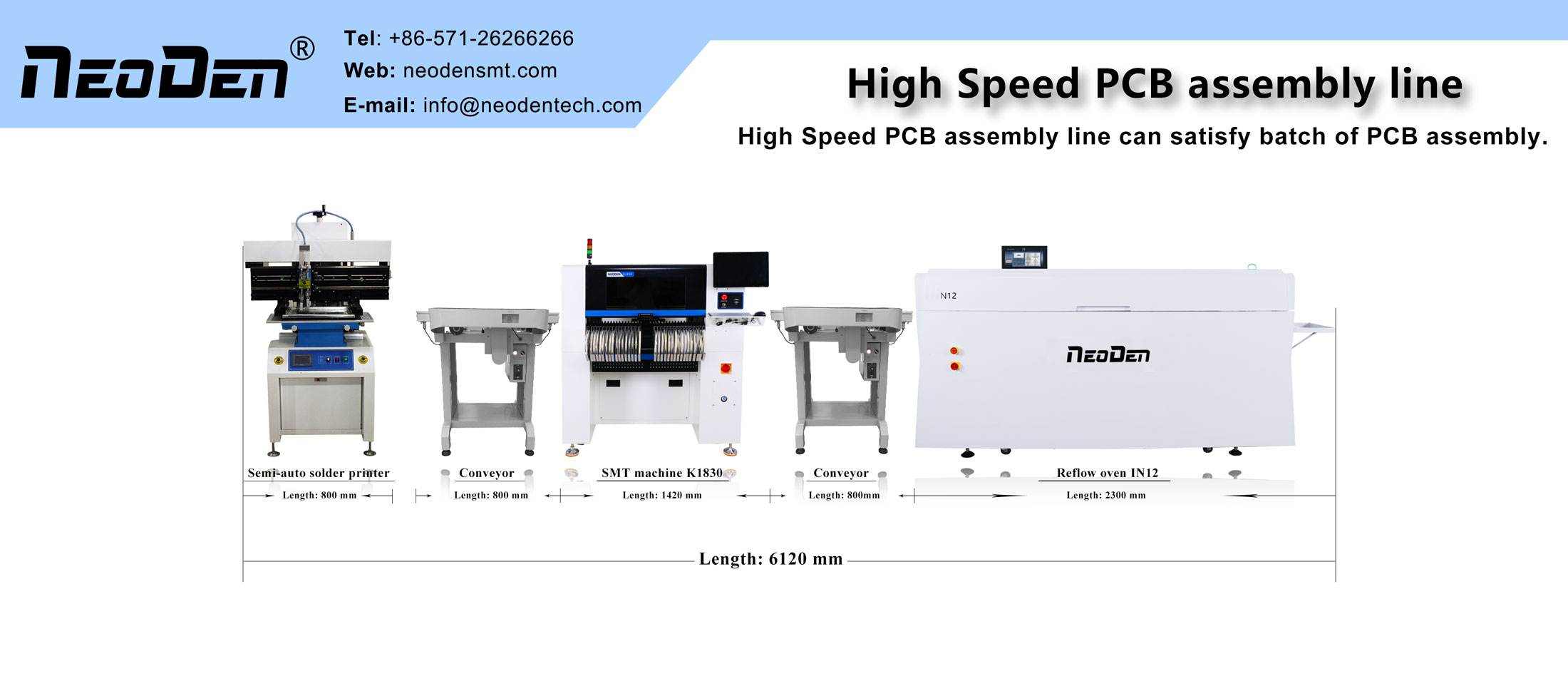1. PCB no process edge, process holes, can not meet the SMT equipment clamping requirements, which means that it can not meet the requirements of mass production.
2. PCB shape alien or size too large, too small, the same can not meet the requirements of equipment clamping.
3. PCB, FQFP pads around no optical positioning mark (Mark) or Mark point is not standard, such as Mark point around the solder resist film, or too large, too small, resulting in Mark point image contrast is too small, the machine frequently alarm can not work properly.
4. The pad structure size is not correct, such as the pad spacing of chip components is too large, too small, the pad is not symmetrical, resulting in a variety of defects after the welding of chip components, such as skewed, standing monument.
5. Pads with over-hole will cause the solder melted through the hole to the bottom, causing too little solder solder.
6. Chip components pad size is not symmetrical, especially with the land line, over the line of a part of the use as a pad, so that reflow oven soldering chip components at both ends of the pad uneven heat, solder paste has melted and caused by the monument defects.
7. IC pad design is not correct, FQFP in the pad is too wide, causing the bridge after welding even, or the pad after the edge is too short caused by insufficient strength after welding.
8. IC pads between the interconnecting wires placed in the center, not conducive to SMA post-soldering inspection.
9. Wave soldering machine IC no design auxiliary pads, resulting in post-soldering bridging.
10. PCB thickness or PCB in the IC distribution is not reasonable, the PCB deformation after welding.
11. The test point design is not standardized, so that ICT can not work.
12. The gap between SMDs is not correct, and difficulties arise in later repair.
13. The solder resist layer and character map are not standardized, and the solder resist layer and character map fall on the pads causing false soldering or electrical disconnection.
14. unreasonable design of the splicing board, such as poor processing of V-slots, resulting in PCB deformation after reflow.
The above errors can occur in one or more of the poorly designed products, resulting in varying degrees of impact on the quality of soldering. Designers do not know enough about the SMT process, especially the components in the reflow soldering has a “dynamic” process does not understand is one of the reasons for bad design. In addition, the design early ignored the process personnel to participate in the lack of the enterprise’s design specifications for manufacturability, is also the cause of bad design.
Post time: Jan-20-2022

